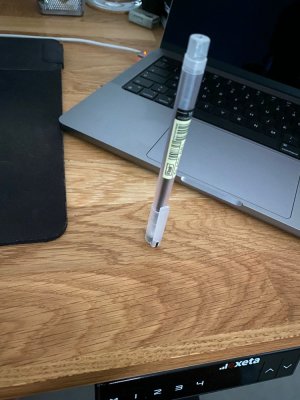Found this old article as I was researching to understand “coupling and decoupling” speakers from the floor….
Interesting insights include:
Spikes are NOT loudspeaker isolation devices. They are tuning devices.
It’s all about a proper acoustic wave-launch!

 www.psaudio.com
www.psaudio.com
Interesting insights include:
Spikes are NOT loudspeaker isolation devices. They are tuning devices.
It’s all about a proper acoustic wave-launch!

Spiking Your Speakers: What’s the Point?
Before we get started, a big IMO should go in front of the next sentence.… Spikes are NOT loudspeaker isolation devices. They are tuning devices. They will always “lean out” the sound. True isolation devices will yield a fuller, more realistic sound with better dynamics (critical for maximum...




